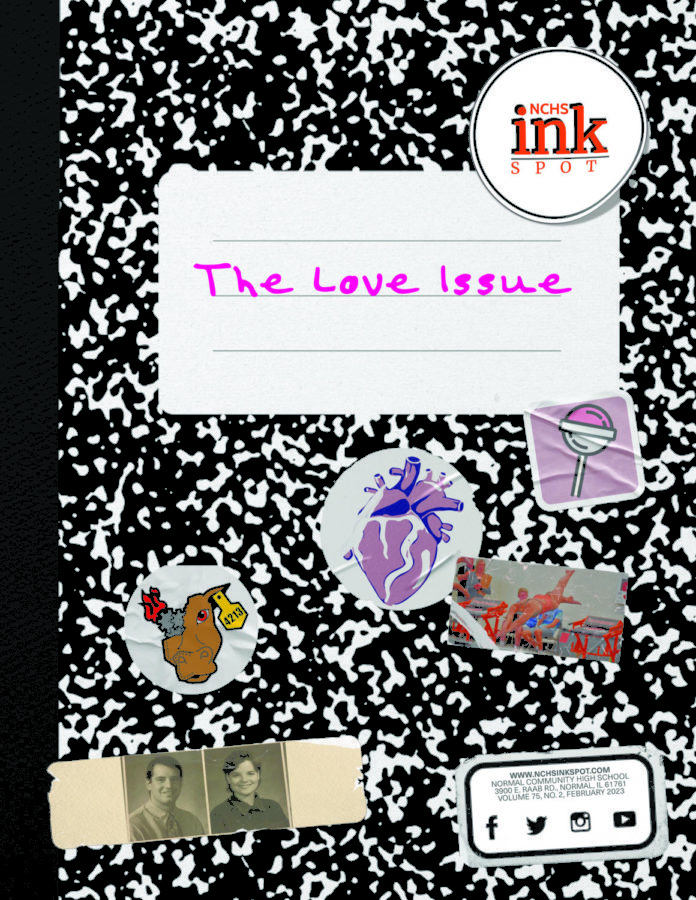Biannually, the NCHS student council hosts a blood drive run by the Red Cross. Each semester, school and community members, ages 16 and older, have the opportunity to donate blood and medically aid people across the country. This semester, the blood drive will be held on February 26. Each semester the Red Cross takes up the multipurpose room with equipment and nurses. Student council volunteers run the registration drive process while certified Red Cross nurses deal with all of the donation.
There are four steps to blood donation. First, a student council member registers donors and provides them an informational packet about donating- maintaining your health after donation, and what happens to the blood afterwards. Then the Red Cross nurses complete a mini-physical- checking blood pressure and iron levels and interviewing potential donors about certain health history items, determining if a volunteer is eligible.
Then the actual donation occurs. The actual donation process is only about 7-10 minutes long and donors are monitored the whole time. The pint of blood that is taken is made up of whole blood cells; white blood cells, red blood cells, and platelets.
Following donation, there are refreshment stands for donors to relax and rejuvenate.
Once the Red Cross has collected the blood, it is delivered to a lab in Peoria where it is tested for hepatitis, other infections and bacterias. Once the blood is cleared, it is separated into three components: white cells, red cells, and platelets. These three parts can be used on three different patients. Donated blood can be used to save three different lives.
Hospitals always need blood. Patients are always going to owe their lives to necessary blood transfusions. The average red blood cell transfusion takes three pints of blood, but, according to the Red Cross, each donor only gives one. “Approximately 36,000 units of red blood cells are needed every day in the U.S,” according to redcrossblood.org, “Although an estimated 38 percent of the U.S. population is eligible to donate blood at any given time, less than 10% of that eligible population actually do each year.” There will always be a demand for blood, and there is an untapped supply.
When catastrophe strikes, there is almost a guaranteed lack of blood in that area. Not only are there injuries that need to be tended, but disaster relief takes up so much energy of the area that blood donation takes a hit. “It’s not so much that they’re needing more blood, you don’t get hurt that often from a flood, it’s just people don’t have time, they’re too busy,” Stoewer said, “They’re not running blood drives, they’re helping their business, you know? We have to help them right now, and that’s why we send it to them.” In cases as such, the Red Cross can send blood donated from places like NCHS to help replenish their shortened supply.
What keeps people from donating blood? “The toughest thing you gotta get past is fear of needles,” said Red Cross Director of Blood Services Steve Stoewer, “But the needle isn’t that bad, it’s like getting a shot.”
On the Red Cross website on a page full of chronicles from those blood donation has affected, Jacob, a donor, said, “If there’s one thing I learned, it’s that there is no reason to fear giving blood. It’s a necessary thing that people give blood and nothing should deter you from it.”
Countless patients owe their lives to blood transfusions. Every 2 seconds, someone in the United States needs a blood transfusion, and in one year, nearly 5 million people require a blood transfusion. Many of these people needing transfusions are cancer patients, those with blood disorders, premature babies, or accident victims. Kim gave a testimonial on the Red Cross website, and stated, “My son is currently in treatment for Leukemia. He has received many life saving blood transfusions, especially in the beginning of his diagnosis. I feel more thankful than ever for these donations, and I feel the importance of how it directly impacts a life.”
“People say the number one reason they haven’t given blood is no one asked,” Stoewer said. Blood donation with the Red Cross has been occurring since World War I, and it is still just as necessary. Giving up ten minutes and one pint of blood can potentially save three lives. Possible donors exist, they just aren’t aware. “Be a blood ambassador. Be an ambassador that helps others, and even if you can’t give blood because of health problems, tell others.”


![Community honors longtime coach Mr. Bryan Thomas before Oct. 3 game [photo gallery]](https://nchsinkspot.com/wp-content/uploads/2025/10/Thomas-6-1200x1200.jpg)

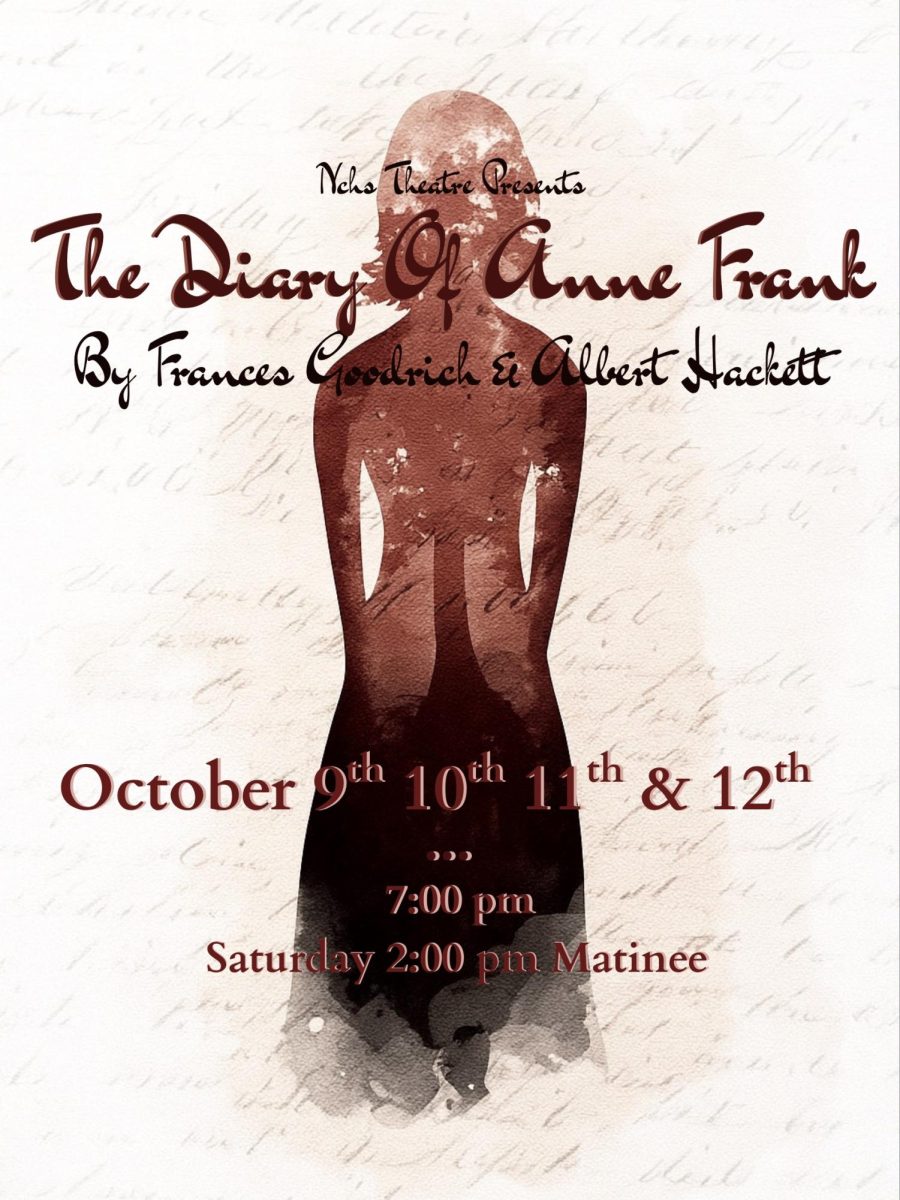
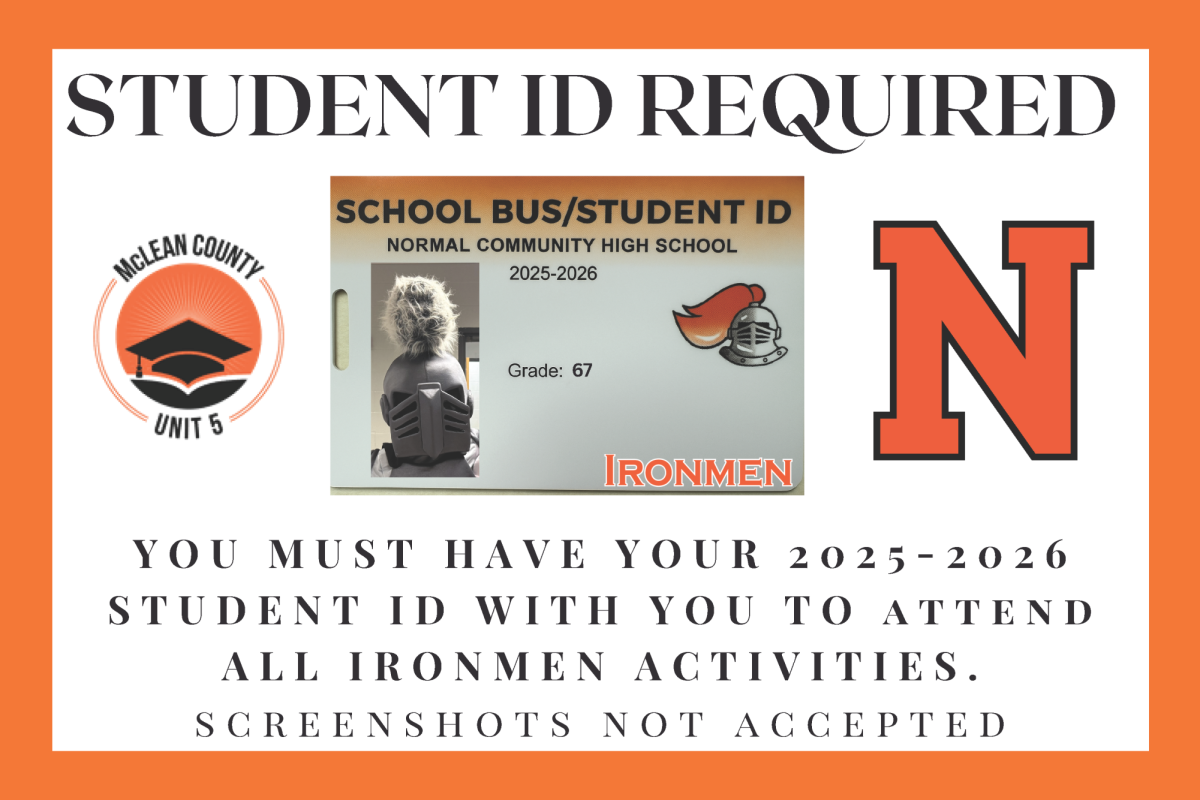








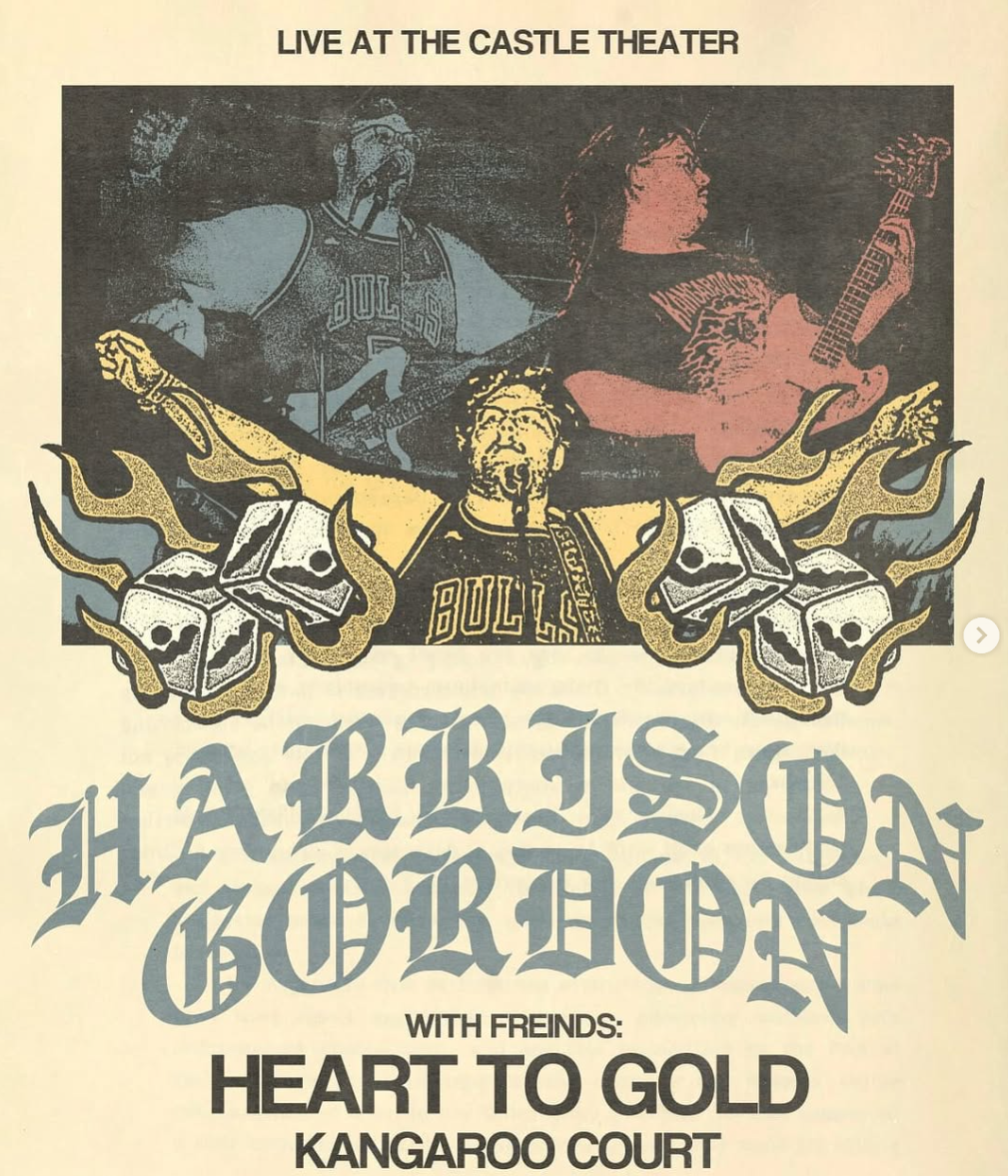









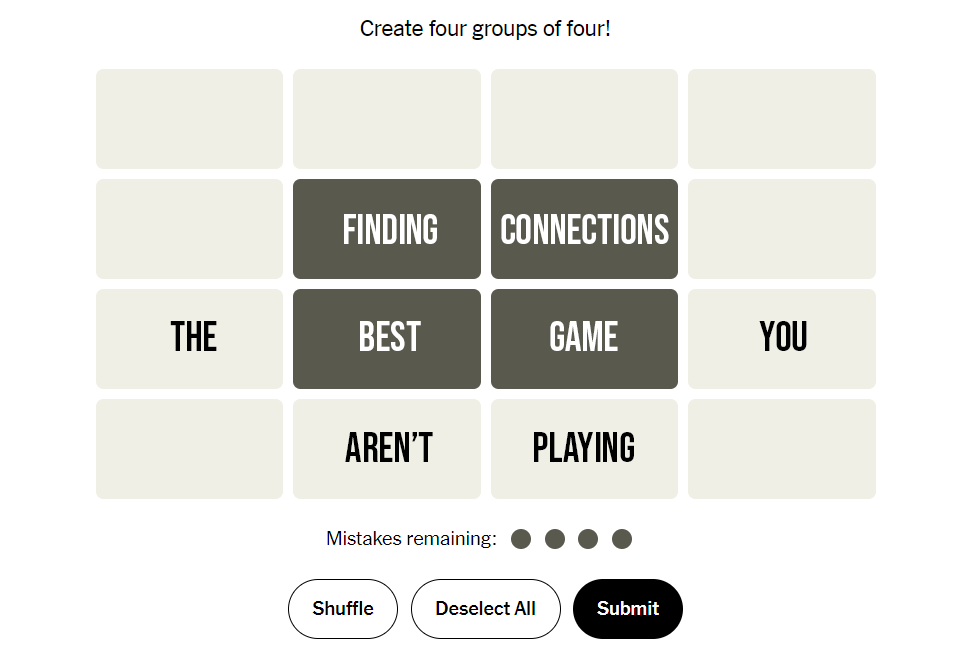




![Week 7: Coach Drengwitz recaps the Ironmen’s win over Bloomington, talks Danville [video]](https://nchsinkspot.com/wp-content/uploads/2025/10/Vikings-feature-Image-1200x675.png)


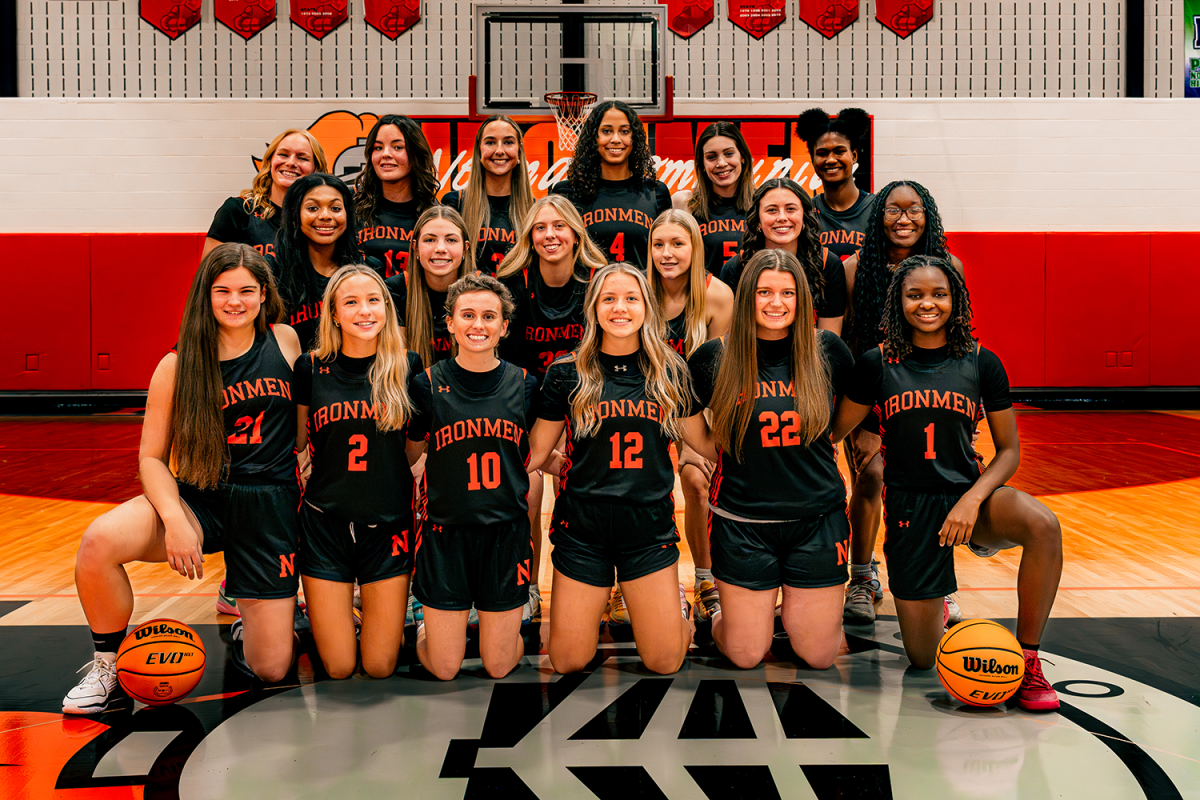





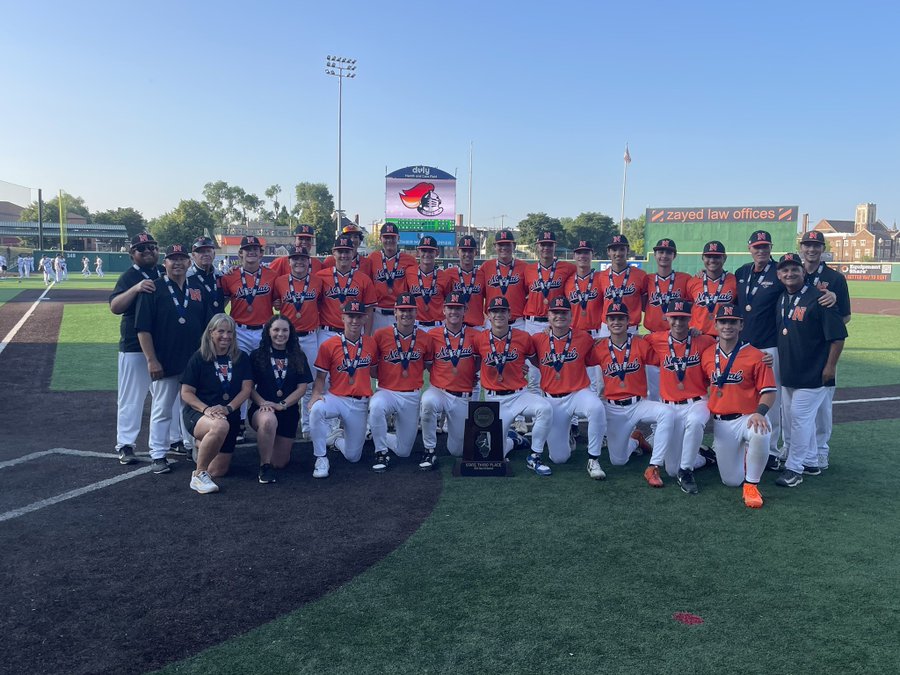







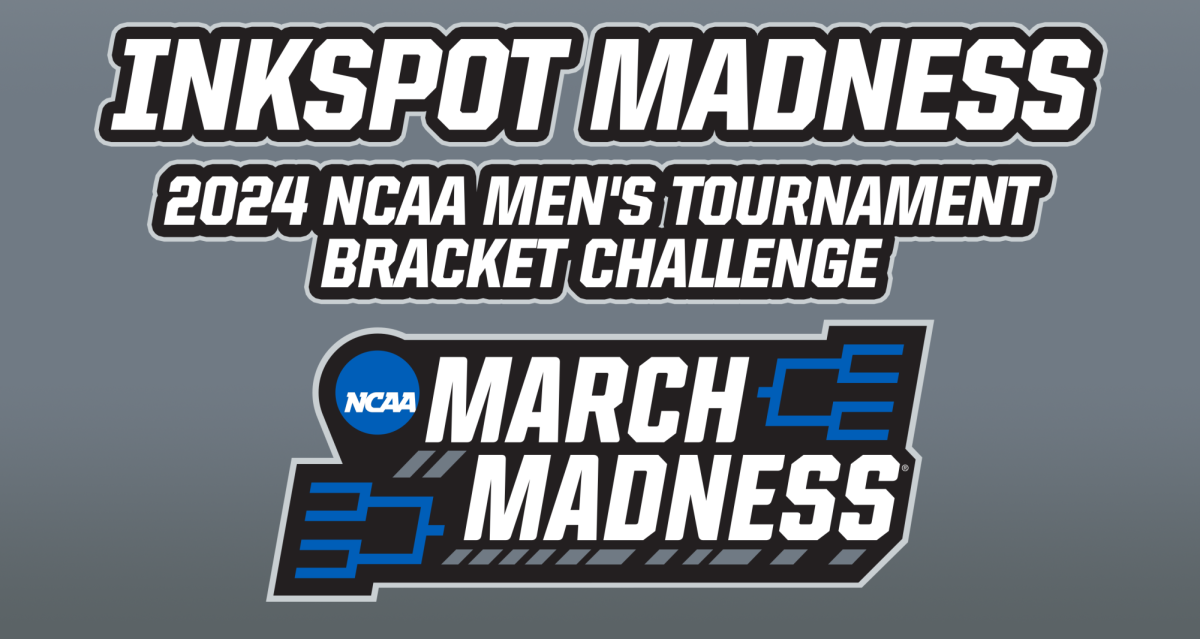
![Halloween candy cross section quiz [quiz]](https://nchsinkspot.com/wp-content/uploads/2022/10/Candy-cover-big-900x675.png)
![Average Jonah? [quiz]](https://nchsinkspot.com/wp-content/uploads/2022/05/average-jonah-900x600.png)


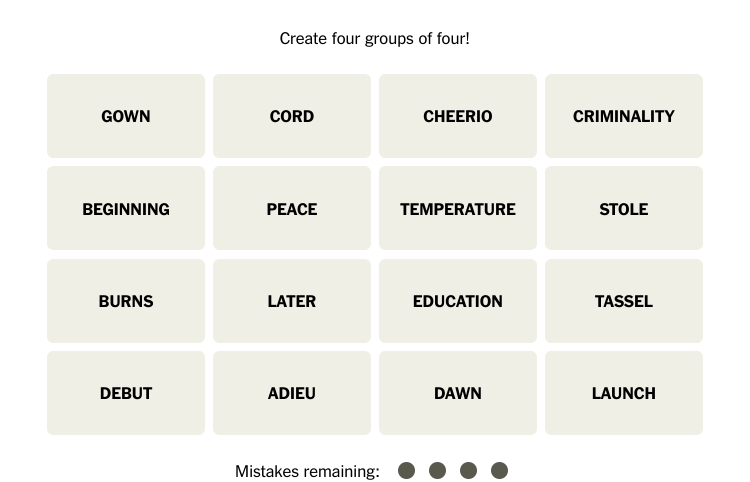
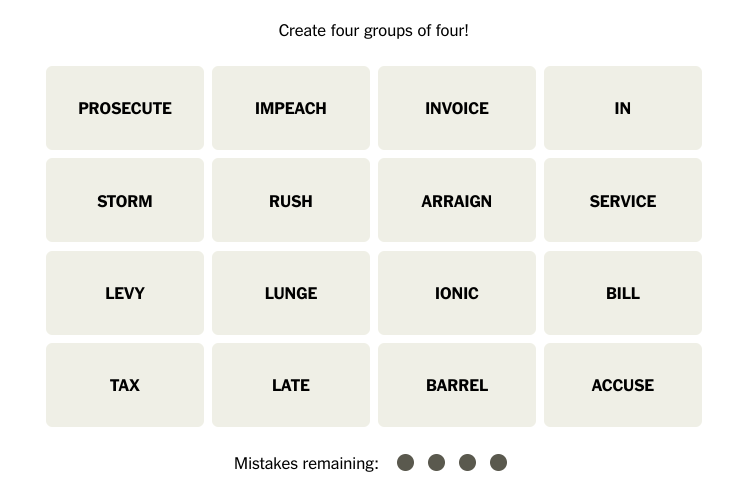
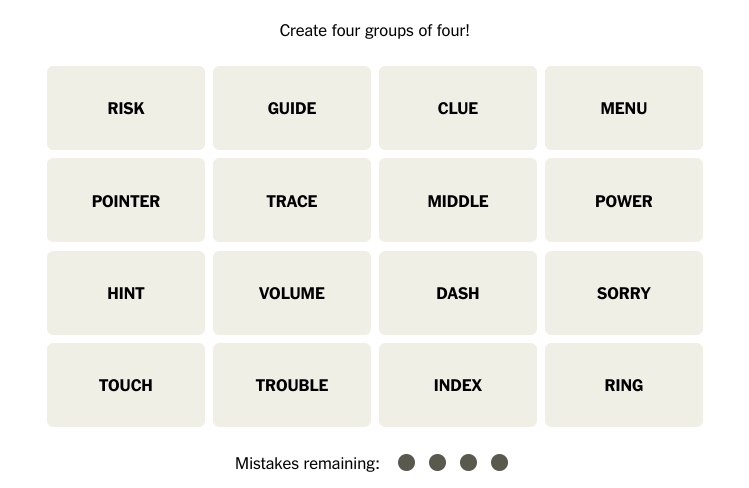
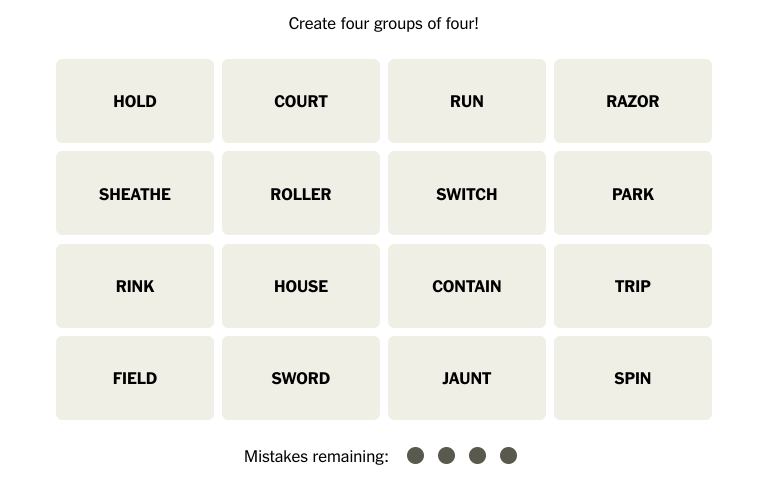

![[Photo Illustration]](https://nchsinkspot.com/wp-content/uploads/2025/09/trigger-words.png)










![Week 5: Coach Drengwitz previews the Ironmen’s matchup vs. Peoria Manual, recaps Week 4 [video]](https://nchsinkspot.com/wp-content/uploads/2025/09/Week-5-v-Rams-1200x675.png)





![Postgame reaction: Coach Drengwitz on Community’s 28-17 Loss to Kankakee [video]](https://nchsinkspot.com/wp-content/uploads/2025/09/Week-4-postgame--1200x675.png)
![Week 4: Coach Drengwitz previews the Ironmen’s matchup vs. Kankakee [video]](https://nchsinkspot.com/wp-content/uploads/2025/09/Ironmen-v-Kankakee-video-1200x1200.png)
![On the Spot: This or That – Halloween [video]](https://nchsinkspot.com/wp-content/uploads/2024/10/tot-Halloween-YT-1200x675.png)
![On the Spot: This or That – Fall favorites [video]](https://nchsinkspot.com/wp-content/uploads/2024/10/ots-fall-web-1200x800.png)
![On the Spot – Teachers tested on 2023’s hottest words [video]](https://nchsinkspot.com/wp-content/uploads/2024/01/On-the-Spot-Teachers-tested-1200x675.png)

